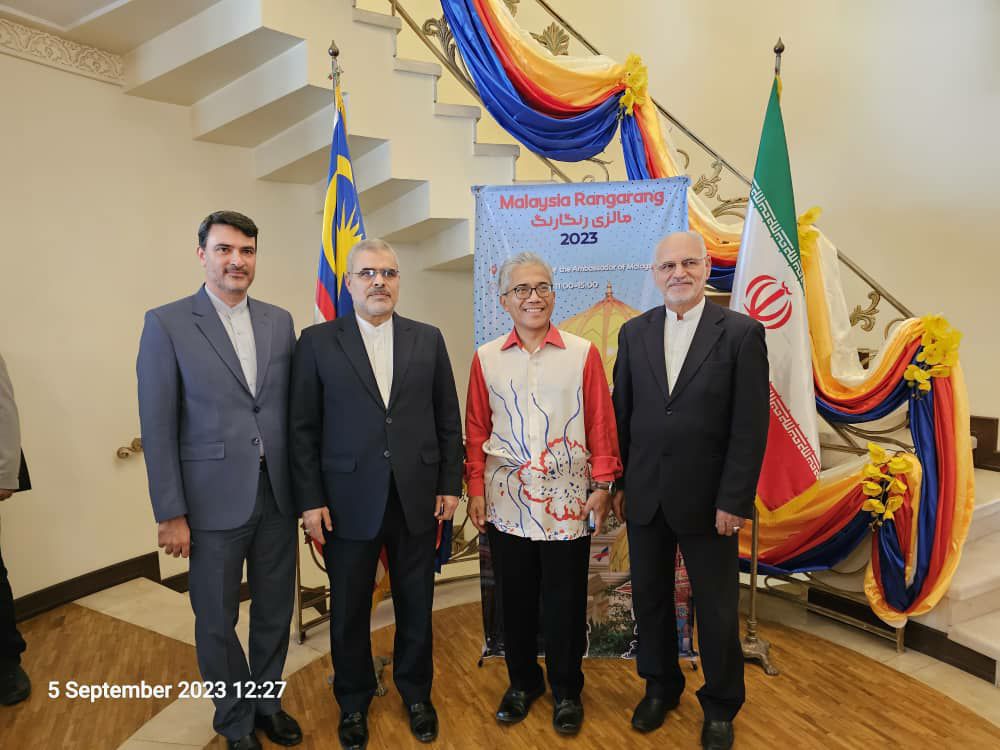Yemen and Thousand Years of Resistance
TEHRAN (Iran News) Yemen, as one of the oldest civilizations in the region, has always had a spirit of independence and resistance against foreign occupiers (such as the Ottoman Empire and British colonialism).
In Persian and Arabic literature, Yemen is described as the land of “Agate and Paint” and the cradle of ancient civilizations.
Due to its tribal structure, the Yemeni people have consistently preserved a warrior spirit and loyalty to collective values.
Zaydi Shi’ism (especially the Jarudi branch), which is close to Twelver Shi’ism, has provided an ideological foundation for resistance. This sect emphasizes uprising against oppression (uprising with the sword).
Slogans such as “Death to America,” “Death to Israel,” and “Curse on the Jews” reflect the influence of the discourse of the Iranian Islamic Revolution.
Ceremonies like Ashura and Ghadir are held with great grandeur among Yemenis, signifying deep religious ties.
The Yemeni resistance is popular in nature and is not limited to political movements alone. It permeates various social classes, including tribes, students, and scholars.
Justice-seeking and anti-arrogance (anti-imperialism) are key principles of Yemeni culture and political religion, which have manifested in opposition to Saudi Arabia and its Western allies.
Yemenis view the issue of Palestine as a “religious principle” and have always supported the people of Gaza.
Yemen’s strategic location controlling the Bab al-Mandab Strait (through which more than ten percent of global trade passes) has given the country’s resistance global significance.
The economic blockade and Saudi attacks on Yemen’s infrastructure have, instead of weakening the people’s spirit, strengthened their determination to resist.
Figures like the martyr Hussein al-Houthi and his brother Abdul-Malik al-Houthi, combining religious and political leadership, have become symbols of resistance.
These leaders, by emphasizing Islamic and national values, have been able to create significant unity among various Yemeni groups.
In conclusion, the culture of Yemeni resistance is a unique combination of a proud history, deep religious beliefs, tribal spirit, and geopolitical awareness. This culture has not only resisted foreign aggression but also inspired resistance movements across the region.
- author : By: Hamid Reza Naghashian
- source : sobhe eghtesad




























